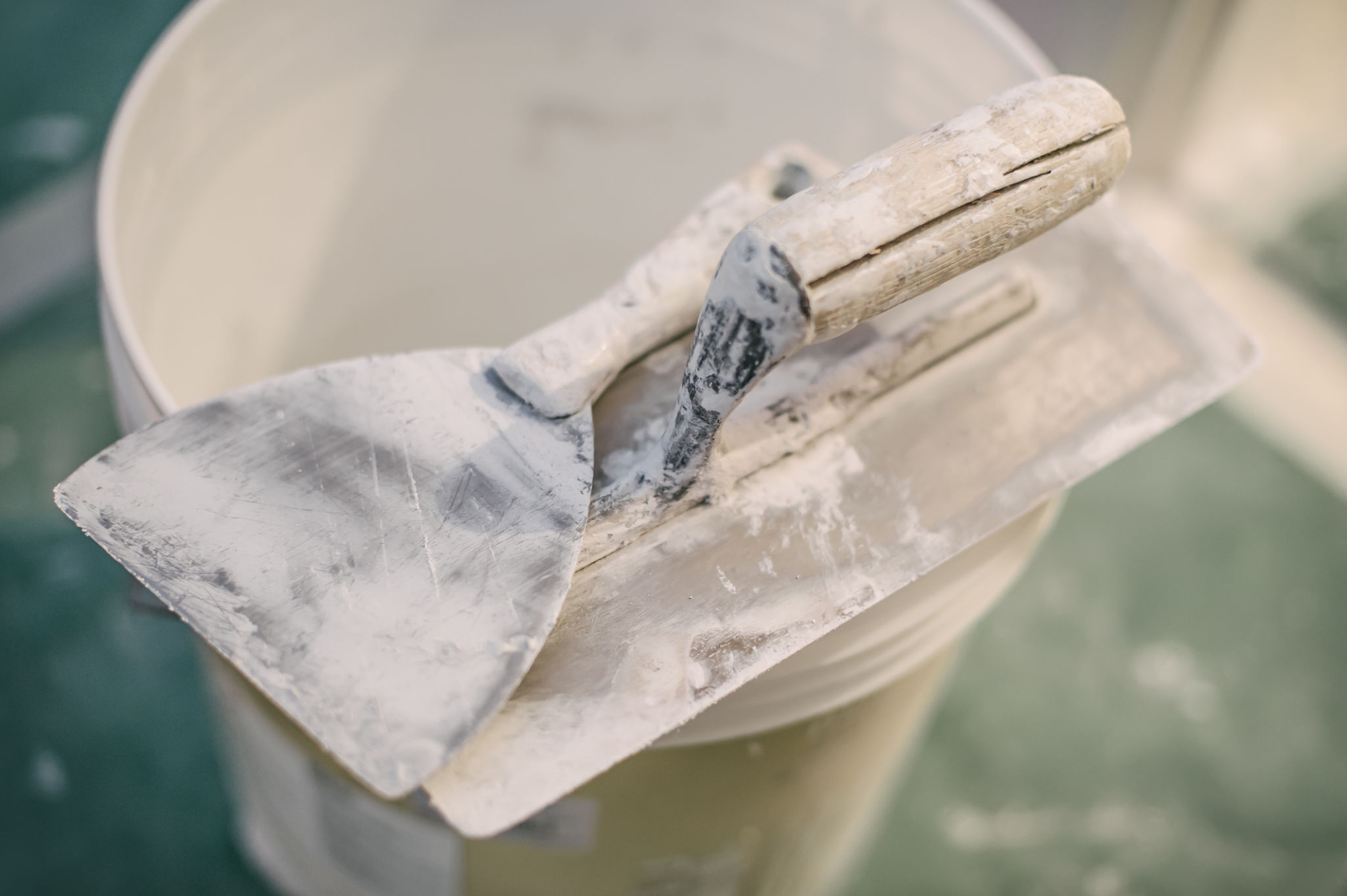Top 5 Drywall Techniques Every Calgary Homeowner Should Know
Understanding Drywall Basics
Drywall is an essential component in most modern homes, providing smooth, paintable surfaces for walls and ceilings. For homeowners in Calgary, understanding a few key drywall techniques can make home improvement projects much easier. Whether you're patching holes, installing new walls, or simply want to update your home's interior, mastering these techniques will empower you to achieve professional results.

1. Taping and Mudding
One of the fundamental techniques in drywall work is taping and mudding. This process involves applying drywall tape over the seams between panels and covering it with joint compound or "mud." The goal is to create a seamless surface that looks like a single sheet once painted. Use a broad knife to apply the mud smoothly and evenly, and ensure the tape is fully covered.
It's important to apply multiple coats of mud, allowing each layer to dry before applying the next. Sanding between coats is also crucial to achieving a flawless finish. Patience and precision are key components of this technique.
2. Repairing Small Holes
Small holes in drywall are common and can occur from nails, screws, or minor accidents. For these repairs, a simple patching technique can be effective. Begin by cleaning the area around the hole and applying a layer of joint compound. Press a drywall patch over the hole, then cover it with additional compound.

Once the compound is dry, sand it until smooth. This technique is great for maintaining your walls and keeping them looking pristine without the need for professional help.
3. Texturing Techniques
Textured walls and ceilings can add depth and personality to a room. There are various texturing techniques to choose from, such as knockdown, orange peel, or slap brush. Each method requires different tools and skills, so practice on a scrap piece of drywall before applying it to your walls.
- Knockdown: Apply joint compound and lightly drag a knife over it.
- Orange Peel: Use a spray gun to apply thinned compound for a subtle texture.
- Slap Brush: Apply compound with a textured brush for a more pronounced effect.
4. Cutting Drywall
Cutting drywall accurately is essential for fitting panels into tight spaces or around obstacles like outlets and switches. A utility knife is typically used for scoring the paper surface before snapping the board along the cut line. For more complex cuts, such as circles or curves, a drywall saw can be invaluable.

Measure twice and cut once is an adage that certainly applies here. Ensuring accurate measurements and cuts will minimize waste and ensure that your drywall fits perfectly into place.
5. Installing Corner Beads
Corner beads are used to provide a clean, finished look to the corners of drywall installations. They are typically made from metal or plastic and offer durability to high-traffic areas. To install them, apply joint compound along the corner, press the bead into place, then cover it with additional compound.
Sanding after each coat of compound will help achieve a smooth transition from the wall to the corner bead, resulting in a professional appearance that will enhance the overall look of your space.
By mastering these top five drywall techniques, Calgary homeowners can tackle repairs and renovations with confidence. Not only will this knowledge save money on professional services, but it also provides the satisfaction of completing home improvement projects independently.
